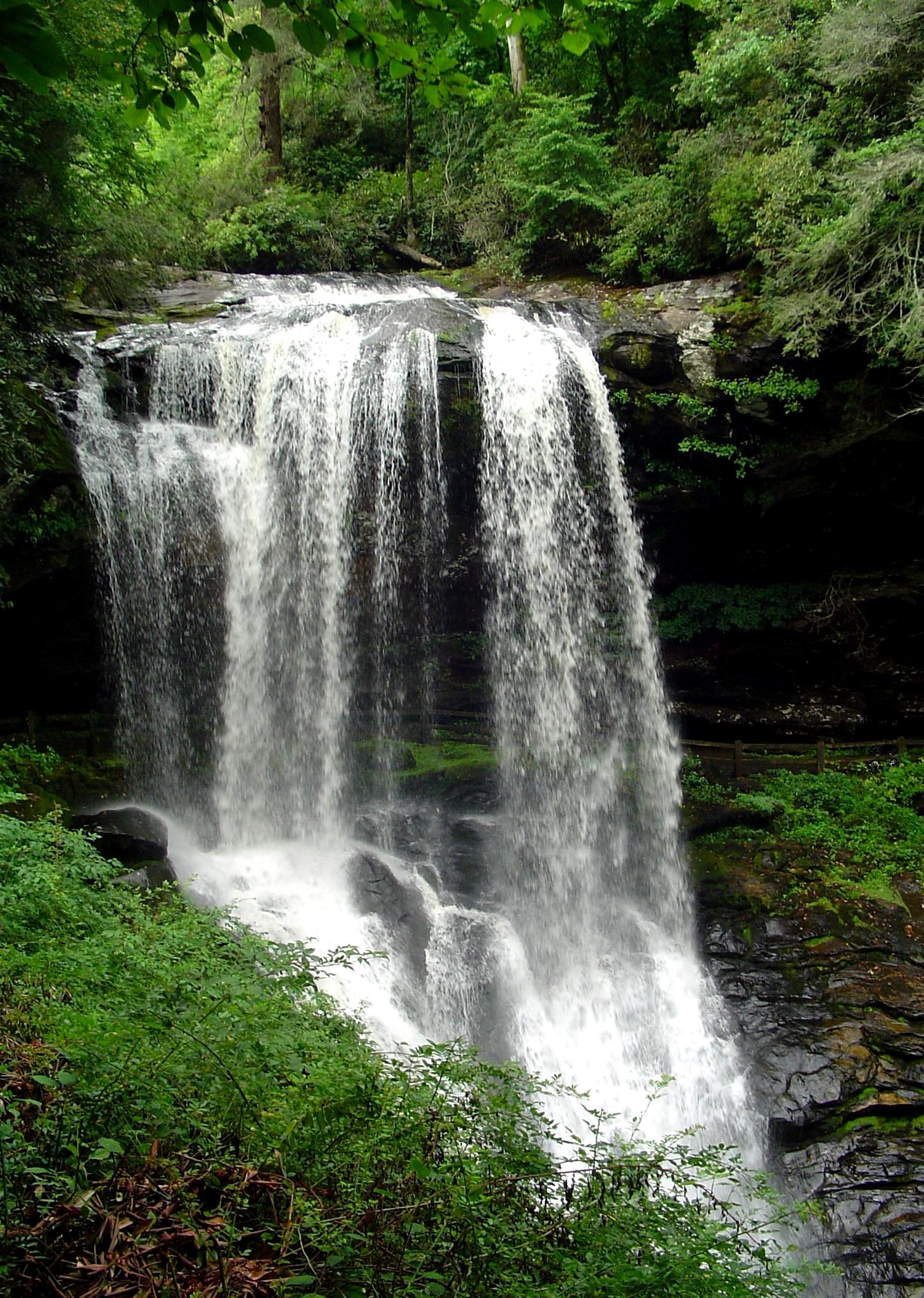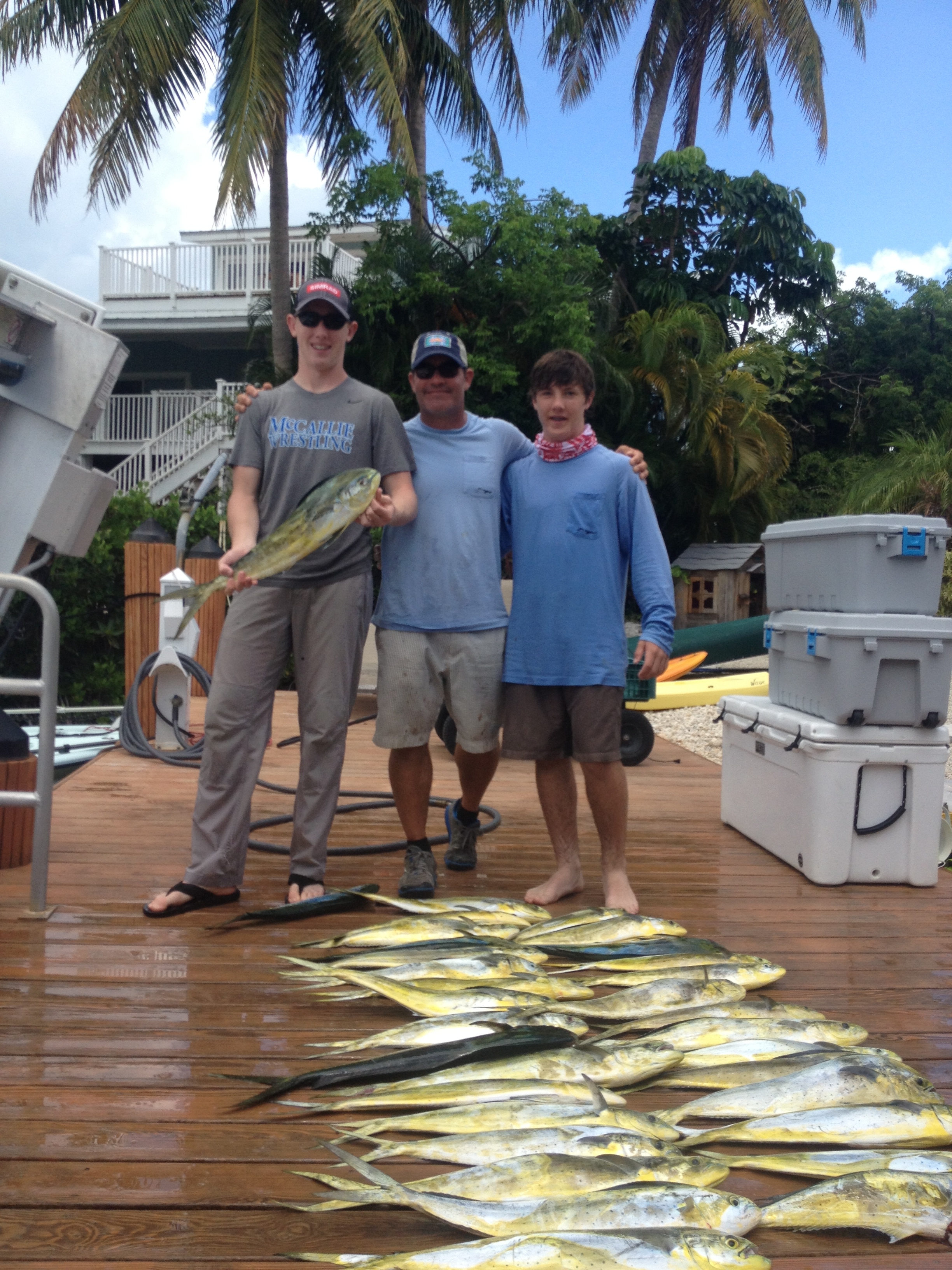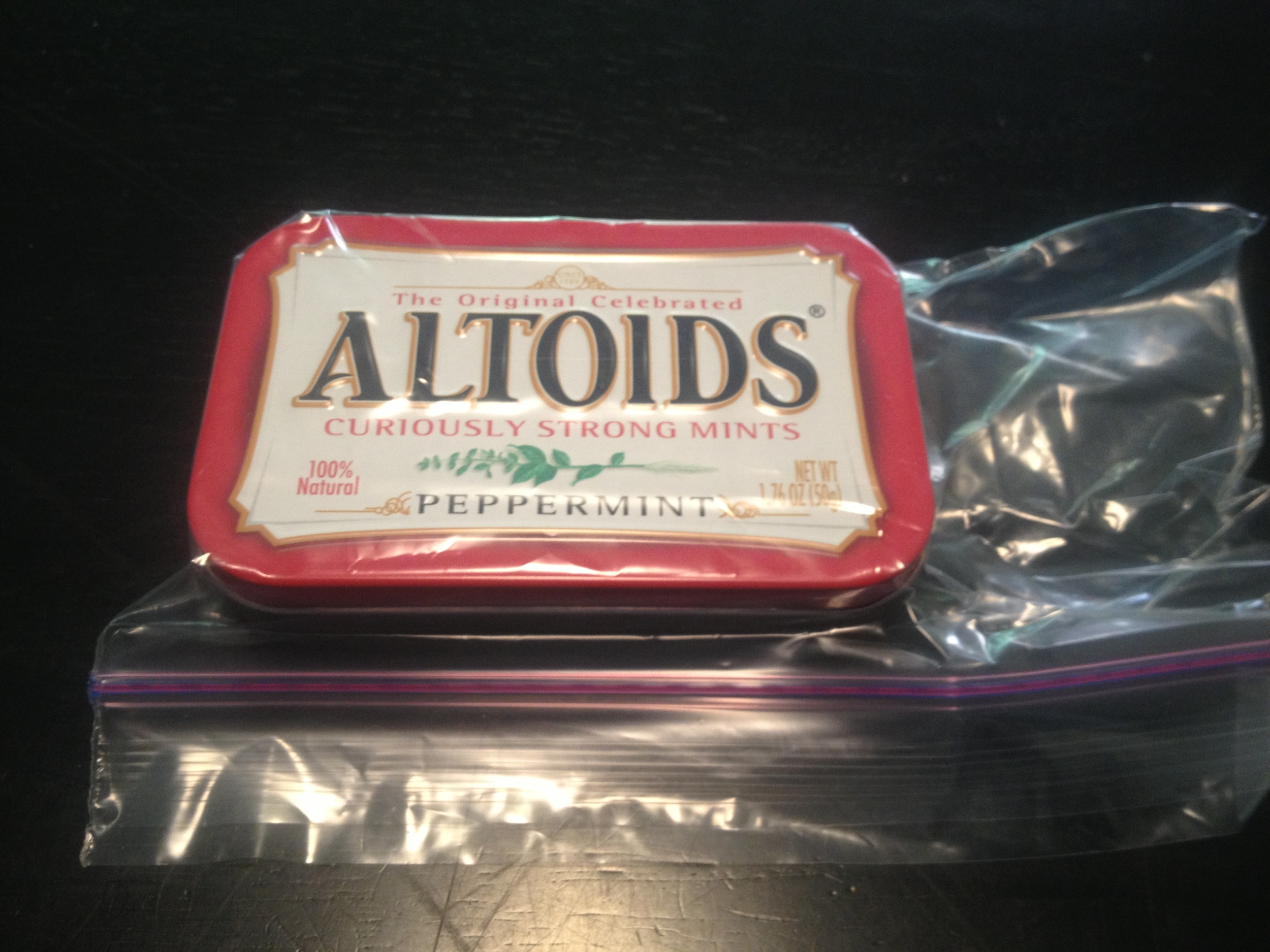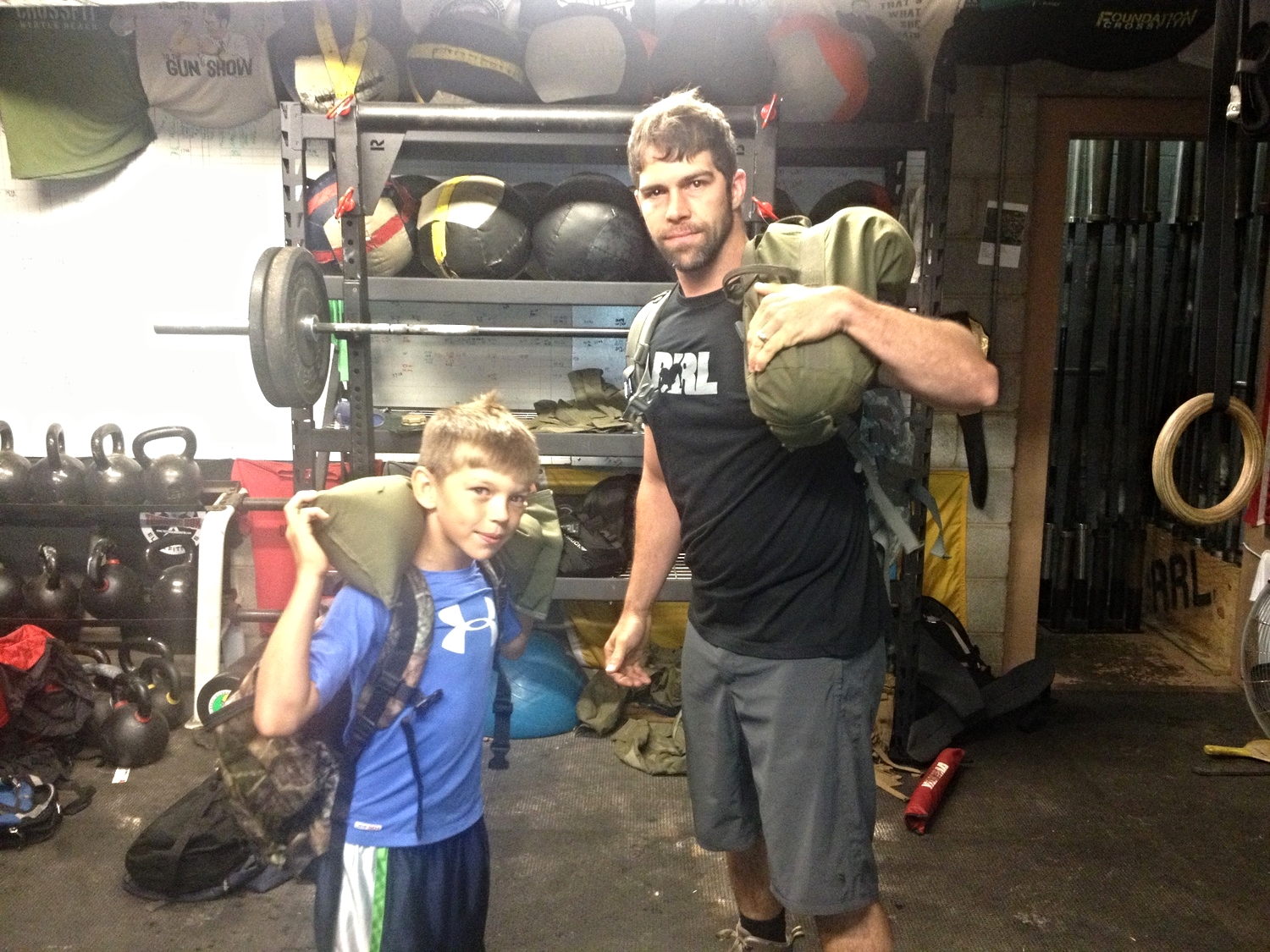Kokoro 41 AAR from GRT, HCL and Goruck Selection participant Jonathan Hurtado
/I started this blog to document my training toward the most difficult event of my life (so far), Goruck Selection 015. Shortly after posting a few training days, another 015 prospect started leaving a comment or two and posting his training. I connected with him and through the miracle of the internet became cyber-friends with Jonathan Hurtado. It turned out that he was just as crazy as we were and we continued to train together or at least tell each other about our training through this blog and email. Jonathan had done quite a few Goruck events and was training hard for 015. We met at Selection and ate together before and after our time in 015.
I told Jonathan about my experience and graduation from SealFit Kokoro 30. He was interested and we have kept in touch since the event. Jonathan has had some challenges getting to Kokoro, but he finally did it and here is the interview shortly after he returned home. Enjoy...
TR: Congratulations on being secured in Kokoro 41! I am so excited to hear how it went for you. Before we get started, give the readers a little of your background.
I'm in my late thirties and I've been working as a programmer in the video game industry for about five years. I live near San Francisco, but I grew up in New Jersey and worked in New York City before moving west. My journey to endurance events started with a Tough Mudder in 2012. Always looking to challenge myself, I've since done two more Tough Mudders, several Spartan Races (including a Trifecta), and fifteen GORUCK events, including an HCL (Heavy, Challenge, Light) and a Double Heavy. I also attempted GORUCK Selection 15 back in 2014.
TR: You and I met through this training blog when we were both preparing for Goruck Selection 15. We trained together virtually and then finally met in person at the event.
Before Selection, I had completed Kokoro 30 and talked with you about it. I am so excited that you did it. As I remember, you encountered some difficulty after Selection and while training up for Kokoro. Tell me about the process. Was 41 the first camp you trained for or was there another?
I had originally signed up for Kokoro 36 (February 2015) to help me prepare for Selection 17 in Bozeman, MT. However, I did a poor job of creating a sensible training plan, and I overtrained to the point where I tore my calf during a six mile run. The injury derailed my Kokoro and Selection plans for 2015. I was able to transfer to a later Kokoro class, but 2015 wasn't an option because I needed time for my calf to heal and I was committed to doing the first ever GORUCK Triple Heavy in October. I ultimately ended up transferring to Kokoro 41, which was a year after my original Kokoro class.
TR: So many people in the Goruck community are interested in Kokoro and the same for SealFit people being interested in Goruck events. As one of the few who have done multiple Gorucks and been a part of Selection as well as completing Kokoro, how would you compare/contrast Kokoro from Selection?
Although both events will push your physical and mental limits, they do so in drastically different ways. For GORUCK Selection, the cadre are actively trying to make you quit through brutal smoke sessions and extensive taunting. You're pretty much alone out there because you are forbidden to interact with the other participants and you cannot talk unless spoken to by the cadre.
In Kokoro, the coaches can be as tough as the Selection cadre (especially during the grinder sessions), but their primary goal is not to make you quit. They want you to succeed and make it to the end, provided that you give your best effort all the time. I didn't have to deal with fending off negative energy in Kokoro like I did in Selection. The other big difference between Kokoro and Selection is that teamwork is actually expected at a Kokoro camp. There will be times when Kokoro will be very difficult, and you'll either reach out to a teammate and ask for help or assist a teammate if he or she is struggling. That type of team camaraderie is not allowed in Selection.
TR: How about Kokoro vs other Goruck events that you have done
The big overlap between Kokoro and the GORUCK events that aren't Selection is looking out for the person to your left and right. Working as a team and caring for one another are some of the most important lessons you can learn from Kokoro and GORUCK. The big difference between Kokoro and the other GORUCK events is that there's a lot more running in Kokoro and it lasts much longer than most GORUCK events.
TR: How did you train for Kokoro 41?
Training for the GORUCK Triple Heavy (HHH) in October 2015 left me in good shape, but I still needed to work on push-ups, pull-ups, and running for Kokoro. After recuperating for about a month after the HHH, I started my Kokoro training. On the advice of another Kokoro finisher, Troy Angrignon, I picked up Stew Smith's Complete Guide to Navy Seal Fitness to get stronger on my push-ups, pull-ups, and runs. I took cold showers to mentally prepare for cold water immersion. I did sandbag shoulder-to-shoulder presses and 45# plate overhead holds to strengthen my shoulders. I already had a strong rucking ability due to my Triple Heavy training, so I only rucked once a week.
TR: How did you feel you were prepared?
The push-up and pull-up volume work in Stew Smith's book helped me prepare for the PT and Murph tests. However, I wish I got the book earlier because I was only able to do eight weeks of training instead of the full twelve. I regret not running more, specifically doing sprint runs. My legs were feeling heavy after the first day of Kokoro and I was one of the slowest runners in the class. I did well in strength tasks such as the log carry and log PT. I also did fine in the mountain rucks, although I should have done more mountain rucks in my training.
TR: How did the training for Kokoro differ from Selection or other Goruck events?
I did a lot less rucking and a lot more running in my Kokoro training, although I wished I did more sprint runs. I primarily focused on improving my PST scores.
TR: One of the worst parts of Kokoro 30 for me was getting to SealFit headquarters and waiting around. I was intimidated, nervous and the waiting was killing me. Walk me through your morning before the event. What time did you wake up, did you eat? How did you prepare that morning? Give me your recollection of showing up to the event and expectations., Tell me about the collection of athletes that showed up for 41.
I slept early the night before so that I could wake up at around 5:40am (start time for the event was 8:00am). It gave me enough time to check out of my hotel and drive to a nearby Denny's for breakfast. I ordered a pepper jack steak omelette. I wanted to give myself enough time to eat breakfast and arrive at the Vail Lake Resort at 7am. Thank god I did, because I had a brief scare where I showed up at the GPS coordinates from a Kokoro email and the attendant had no idea what Kokoro was. Turned out that I went to Vail Lake Resort's RV park and the actual Kokoro start location was two miles further down the road. Despite the slight detour, I still made it to camp early.
I was the second person to arrive and was told by the coaches to wait near a tree. There were nine of us total in our class, including two GRTs (GORUCK Tough folks who completed a GORUCK event) and three who had signed Navy SEALs contracts. While we were waiting, we talked about where we were from and why we were doing the event. The low number of participants made it easy for us to bond quickly. Six of us would ultimately finish the class.
Waiting for the event to start didn't bother me. Troy mentioned that it was a deliberate ploy to mess with your head, so I didn't let it stress me. I anticipated and correctly guessed that we would start with a brief welcome party (boot camp exercises), then have the PST test, and then suffer through a Grinder session. I didn't have any more expectations besides this, and was determined that I was only going to concentrate on the present and not worry about what was coming next.
TR: What is the one thing you brought to the event that you were really glad you had?
Knee pads that I bought from REI. They protected my knees during the first day, but I had to take them off for a wardrobe change and never had the opportunity to put them back on later. My knees were roughed up a bit during the second day, but it wasn't too bad.
TR: What is one thing that you wish you brought?
Better energy bars. I made the mistake of bringing Hammer Nutrition Chocolate Coconut Almond bars without trying them before the event. Someone recommended the brand in their Kokoro AAR, so I bought a few in blind faith. They didn't taste great, and I realized that it's not a good idea to eat chocolate because the energy spike from the chocolate would eventually wear out. It wasn't catastrophic, but I really should have tried the bars beforehand. This is what I get for waiting until the week of the event to finalize my nutrition supplies.
TR: What was the most difficult part of Kokoro 41 for you?
Running, specifically the "pays to be a winner" races. I was okay with running during the first day (even ran about 6:40 during the PST mile run), but those races were taking a toll on me, especially since I wasn't the faster runner in the group. It was getting harder to run as the event progressed, and I quickly realized that as much as I ran during my Kokoro training, it wasn't enough.
TR: Things were really bad near the end of the event. I got sick and it was really hard for me to take full breaths. I wasn't moving as fast as I would have liked, but I knew I was close to the end of the event, so I was determined to continue no matter what.
TR: What did you think you were most prepared for and why?
Anything that involved strength, so the log carries and the log PT. I was already in good shape from the Triple Heavy, so the Kokoro training just built on top of that base strength. The first mountain ruck went well because of my extensive ruck training. The second mountain ruck was a little harder because of the steeper elevation change. I wished I had done a few more mountain rucks to mitigate that. I also was running on empty at one point during the second ruck, but I started feeling better after we took a break and I ate an MRE.
TR: What lessons will you take back to your everyday life from Kokoro 41?
With the right team and the right attitude, you can accomplish just about anything. Finishing Kokoro proved that, and I'll be carrying that for the rest of my life. There was also an exercise in Kokoro that helped me address several negative emotions that have been hiding in my mind for a long time. I didn't know how to deal with them, and being able to finally let them go is an amazing feeling. Furthermore, most things in life don't seem so hard anymore after enduring Kokoro. That's an awesome confidence builder.
TR: Would you recommend Kokoro to the Goruck community?
Kokoro is very expensive, but I felt I got my money's worth from the experience. I would definitely recommend it to the GORUCK community, with the caveat that you really need to have a strong reason for doing the event. When Kokoro gets really hard, whether you succeed or fail will depend on how good and convincing your "why" is. If your "why" is weak or selfish, you will not finish.
TR: What type of athlete do you feel is ready for Kokoro?
You must exceed the minimum standards of Kokoro's initial PST. Be strong in the ability to crank out push-ups and pull-ups (especially when you are tired), as that will help you in Murph.
You must be able to finish Murph in under 70 minutes AFTER you do a workout that smokes you. Doing Murph after 24 hours is a lot different than doing it fresh.
You need a good running base because you'll be doing a lot of running. Be great at suicide sprints (especially on sand) because it pays to be a winner.
Do several mountain rucks (no more than 12 miles) so that you are used to rucking with elevation change.
Being able to do proper overhead squats will help immensely.
Doing a GORUCK Heavy or an HTL will help you deal with endurance and sleep deprivation, but it is not required. Most of the guys who finished Kokoro with me never did a GORUCK event.
Be mentally tough. The above steps will get you physically prepared, but your mind also has to be strong enough to resist the urge to quit when things get tough. Mental toughness is a skill you can learn, and books like Mark Devine's Unbeatable Mind provide those lessons.
TR: Can you give us a brief description of the workload in Kokoro?
You have Grinder sessions (fast-paced boot camp exercises), running, mountain rucking, log carries, log PT, beach PT, and surf torture. There's other stuff in Kokoro, but those are the main things you'll encounter during camp.
TR: How did this compare to the workload of Selection?
I can only talk about the first hour of Selection's Welcome Party as that as far as I got in Selection 15. I remember it being the most intense thing I have ever done. Kokoro's Grinder sessions were very difficult, but its intensity wasn't as brutal as Selection's. The attitude from the Selection cadre is different from the Kokoro coaches, so that probably played into my perception of Selection's workload.
TR: What is next for you?
I've signed up for several GORUCK events and I'll be leading a team to run their first Spartan Sprint. I'll also be doing the GORUCK Triple Light in August, and then attempt once again to finish the GORUCK Triple Heavy in late September. I'll be taking a big break after that one.
TR: Man, thanks so much for talking to me about this event. Kokoro 30 was one of the most powerful, meaningful moments of my life. I have heard so many Kokoro graduates say that they have thought about the event every single day since graduating. I cant say that I have thought about it every day, but certainly every week. It made me mentally and physically tougher and I brought back many lessons to my life and I have become a better person because of it. I am so glad that you enjoyed your experience. Welcome to the Kokoro family! Hooyah!












































